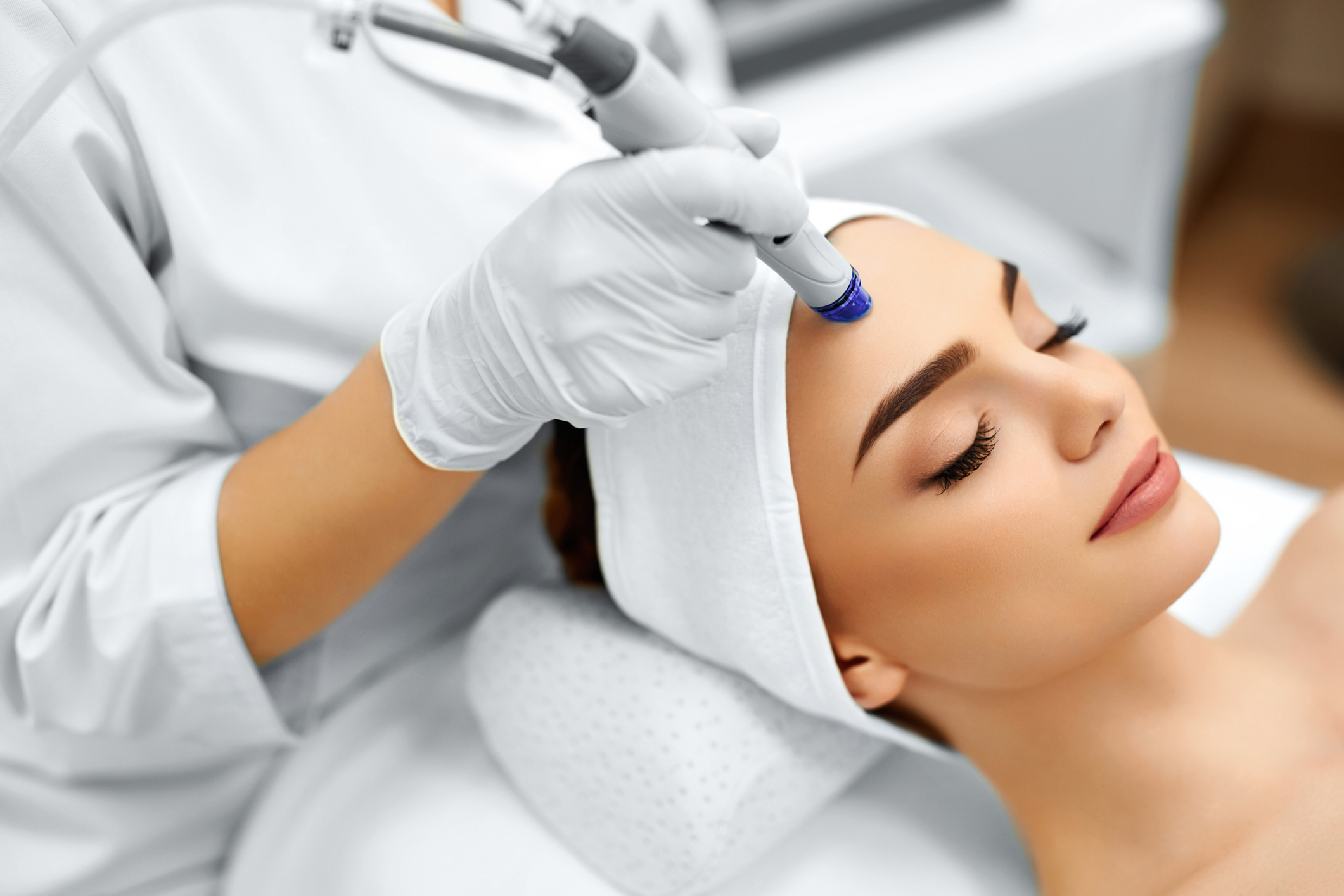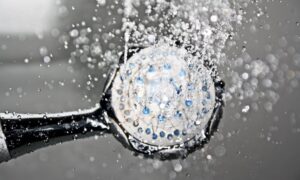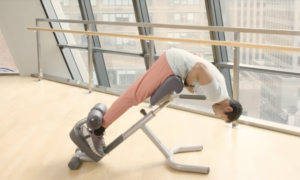The spa industry, synonymous with relaxation and rejuvenation, bears a profound responsibility towards the safety of its clients and professionals. As spa equipment becomes more advanced, ensuring that these tools meet rigorous safety standards is paramount.
This guide dives into the essential safety standards in spa equipment, emphasizing their significance and the industry’s commitment to upholding them.
Moreover, as the demand for spa services rises, the potential for harm due to substandard equipment could have detrimental effects on the industry’s reputation as a whole.
This makes it essential for spa owners and manufacturers to stay abreast of the latest safety innovations and protocols. To this end, continuous research and development and liaising with safety experts are pivotal.
The Genesis: Why Safety Standards Matter
Client Trust and Assurance
At the core of any spa experience is the trust clients place in the establishment. Ensuring that equipment meets high safety standards not only prevents potential accidents but also builds a strong bond of trust with clients.
In an era where word of mouth and online reviews can significantly impact businesses, upholding safety becomes a crucial component of client retention and brand image. Thus, integrating and communicating these safety standards can provide a competitive edge in the market.
Furthermore, transparency regarding safety protocols can further instill client confidence.
Professional Safety and Comfort

Source: training.com.au
Spa therapists and technicians work with equipment daily. Adhering to safety standards protects these professionals from potential hazards, ensuring their well-being and job satisfaction.
Furthermore, professionals equipped with the confidence that their tools are safe can deliver their services more effectively, enhancing the overall client experience.
Their feedback on equipment usage can also play a pivotal role in refining safety protocols. An open channel for them to report any discrepancies is vital for continual improvement.
Key Components: Safety Features in Spa Equipment
Ergonomic Design and Stability
One of the most crucial aspects of spa equipment, especially the spa bed, is its design and stability. An ergonomically designed spa bed ensures that clients are positioned comfortably and safely. This comfort isn’t a luxury, but a necessity, as the wrong posture can lead to strain or injury over time.
Additionally, a stable bed prevents accidental tipping or collapsing, ensuring client and therapist safety.
Materials used should also be hypoallergenic to avoid any allergic reactions. Moreover, the equipment’s ease of cleaning is essential to maintain hygiene and avoid potential skin irritations.
Electrical Safety and Insulation
Many modern spa equipment pieces, from steam generators to facial machines, run on electricity. It’s vital that these tools have proper electrical insulation, ground-fault circuit interrupters, and other safety features to prevent potential electrical mishaps.
Moreover, ensuring that these devices are regularly updated with the latest safety features minimizes risks and ensures consistent performance. Redundant safety mechanisms can act as backups, adding another layer of protection.
Using energy-efficient equipment can also reduce the risk of overheating and conserve resources.
Regulations and Certifications: The Official Seal of Safety
Industry-Specific Certifications
Various international and regional bodies offer certifications for spa equipment, ensuring they meet specific safety criteria. Before purchasing, spas should look for these certifications as a testament to the equipment’s safety standards.
These certifications often require rigorous testing and periodic re-evaluations, thus providing an ongoing assurance of equipment safety standards.
Keeping an active dialogue with these certification bodies can help in understanding the evolving landscape of safety standards. Moreover, participating in workshops and seminars can keep spa professionals updated on the latest safety trends.
Regular Maintenance and Inspection
Safety doesn’t end once equipment is purchased. Regular maintenance checks and inspections, guided by industry best practices, ensure that equipment continues to function safely and efficiently over time.
Neglecting these checks can not only reduce equipment lifespan but also introduce unexpected hazards. A well-documented maintenance log can assist in tracking the performance and potential issues of each equipment piece.
Additionally, using cloud-based management systems can centralize and automate this tracking process, ensuring no checks are missed.
Training and Awareness: Human Element in Equipment Safety
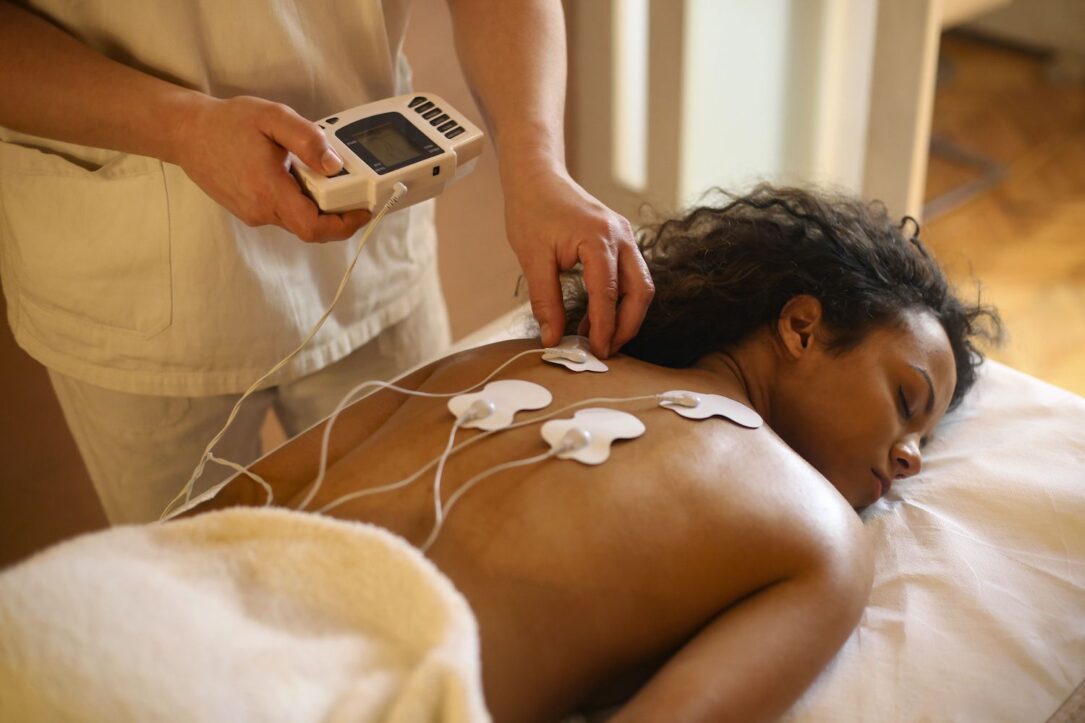
Source: verywellhealth.com
Comprehensive Staff Training
Even the safest equipment can become hazardous if not used correctly. Training spa professionals on the proper use, potential risks, and maintenance of each piece of equipment is a critical component of overall safety.
Continuous training sessions and refreshers can help keep these standards at the forefront, ensuring that safety isn’t compromised even as treatments evolve. Utilizing modern training tools like VR can make these sessions more interactive and effective.
Embracing e-learning platforms also allows for a flexible training schedule, accommodating the varying availabilities of staff.
Client Orientation
Before undergoing treatment, clients should be made aware of the equipment being used, its functions, and any safety guidelines they need to follow. This orientation not only keeps clients informed but also adds an extra layer of precaution.
A well-informed client can also provide valuable feedback, further enhancing the safety procedures in place. Clear visual aids and easy-to-understand literature can assist in this client education process. Moreover, interactive apps and digital kiosks can further streamline and gamify this orientation experience.
Looking Ahead: The Future of Safety in Spa Equipment
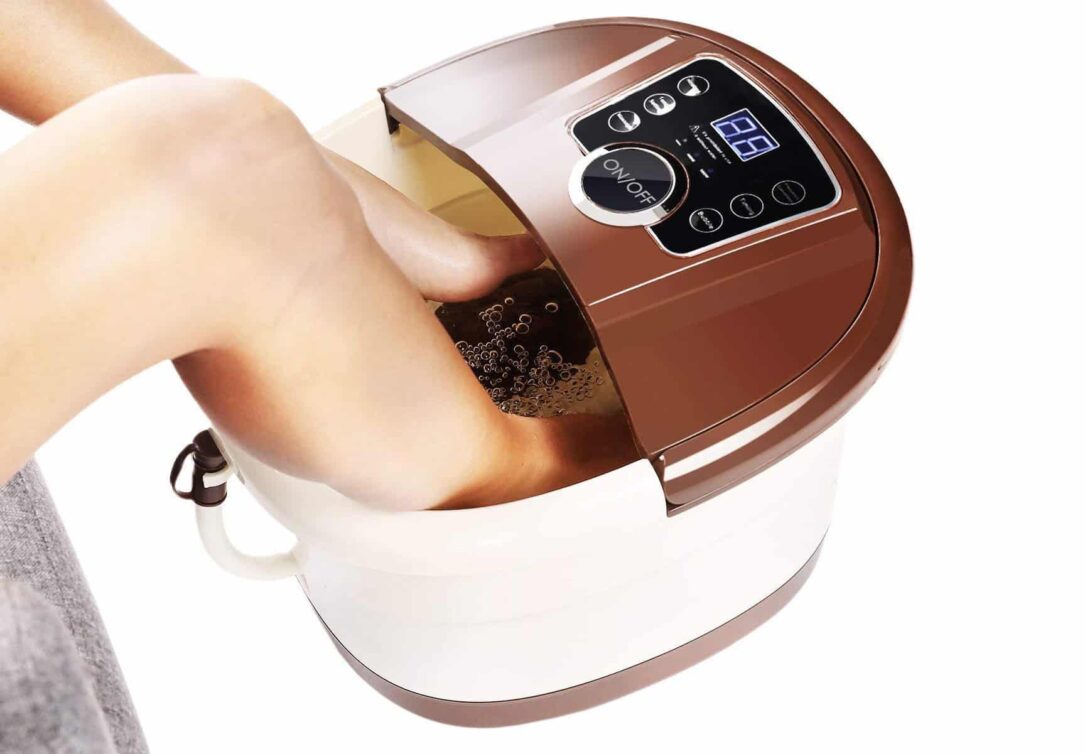
Source: wellnesscouncil.org
Integration of AI and Sensors
As technology evolves, the integration of AI and sensors in spa equipment can further enhance safety. These advancements can predict equipment malfunctions, detect irregularities during treatments, and provide real-time feedback to therapists.
With real-time data analysis, spas can proactively address any emerging issues, ensuring a consistently high safety standard. Furthermore, AI could potentially personalize treatments based on individual client needs, maximizing both safety and comfort.
The possibility of remote monitoring through IoT (Internet of Things) can also pave the way for real-time interventions if anomalies are detected.
Global Collaboration on Safety Standards
As the spa industry becomes more globalized, there’s a growing need for international collaboration on safety standards. Unified guidelines can ensure consistent safety measures across the board, benefiting clients and professionals worldwide.
Sharing best practices and collaborating on research can further elevate the global spa industry to new safety heights. Online platforms and annual conventions can foster these collaborations, keeping the global industry interconnected. Global accreditations and awards can also incentivize spas to maintain and elevate their safety standards.
Conclusion

Source: hospitalityinsights.ehl.edu
Safety standards in spa equipment reflect the industry’s unwavering commitment to the well-being of its clients and professionals. By continuously upholding and advancing these standards, the spa world ensures that relaxation and rejuvenation come hand in hand with peace of mind and trust.
In essence, safety doesn’t just protect; it elevates the spa experience to a realm where true relaxation is rooted in trust. Endorsing these standards is not only a duty but a mark of quality, setting apart industry leaders from the rest.
Embracing a culture of continuous improvement and innovation in safety can ensure the spa industry thrives and sets the benchmark for other sectors to follow.


